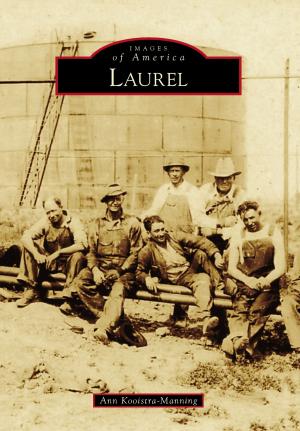Alaska's Whaling Coast
Nonfiction, Science & Nature, Nature, Fish & Ocean Life, Oceans & Seas, Marine Life, Art & Architecture, Photography, Pictorials, Travel| Author: | Dale Vinnedge | ISBN: | 9781439644973 |
| Publisher: | Arcadia Publishing Inc. | Publication: | May 5, 2014 |
| Imprint: | Arcadia Publishing | Language: | English |
| Author: | Dale Vinnedge |
| ISBN: | 9781439644973 |
| Publisher: | Arcadia Publishing Inc. |
| Publication: | May 5, 2014 |
| Imprint: | Arcadia Publishing |
| Language: | English |
In 1850, commercial whaling ships entered the Bering Sea for the first time. There, they found the summer grounds of bowhead whales, as well as local Inuit people who had been whaling the Alaskan coast for 2,000 years. Within a few years, almost the entire Pacific fleet came north each June to find a path through the melting ice, and the Inuit way of whaling�in fact, their entire livelihood�would be forever changed. Baleen was worth nearly $5 a pound. But the new trading posts brought guns, alcohol, and disease. In 1905, a new type of whaling using modern steel whale-catchers and harpoon cannons appeared along the Alaskan coast. Yet the Inuit and Inupiat continue whaling today from approximately 15 small towns scattered along the Arctic Ocean and the Bering Strait. Whaling for these people is a life-or-death proposition in a land considered uninhabitable by many, for without the whale, whole villages probably could not survive as they have for centuries.
In 1850, commercial whaling ships entered the Bering Sea for the first time. There, they found the summer grounds of bowhead whales, as well as local Inuit people who had been whaling the Alaskan coast for 2,000 years. Within a few years, almost the entire Pacific fleet came north each June to find a path through the melting ice, and the Inuit way of whaling�in fact, their entire livelihood�would be forever changed. Baleen was worth nearly $5 a pound. But the new trading posts brought guns, alcohol, and disease. In 1905, a new type of whaling using modern steel whale-catchers and harpoon cannons appeared along the Alaskan coast. Yet the Inuit and Inupiat continue whaling today from approximately 15 small towns scattered along the Arctic Ocean and the Bering Strait. Whaling for these people is a life-or-death proposition in a land considered uninhabitable by many, for without the whale, whole villages probably could not survive as they have for centuries.















